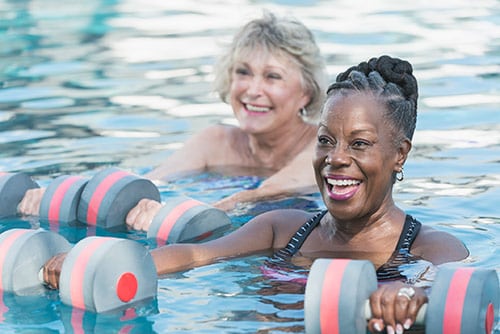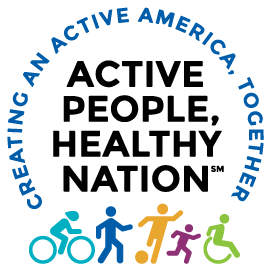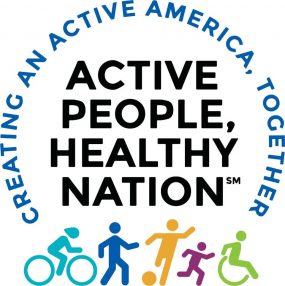How much physical activity do older adults need?
As an older adult, regular physical activity is one of the most important things you can do for your health. It can prevent or delay many of the health problems that seem to come with age. It also helps your muscles grow stronger so you can keep doing your day-to-day activities without becoming dependent on others.
Keep in mind, some physical activity is better than none at all. Your health benefits will also increase with the more physical activity that you do.
Adults aged 65 and older need:
- At least 150 minutes a week (for example, 30 minutes a day, 5 days a week) of moderate-intensity activity such as brisk walking. Or they need 75 minutes a week of vigorous-intensity activity such as hiking, jogging, or running.
- At least 2 days a week of activities that strengthen muscles.
- Plus activities to improve balance, such as standing on one foot.
If chronic conditions affect your ability to meet these recommendations, be as physically active as your abilities and conditions allow.
Sample Weekly Schedules
Here are some ways to meet the physical activity recommendations.
Adding Physical Activity as an Older Adult

See some things to keep in mind as you add physical activity to your life as an older adult. The web page includes considerations for people with chronic conditions or disabilities.

Moderate-intensity aerobic activity
(such as brisk walking) for 150 minutes (for example, 30 minutes a day, 5 days a week)
AND

Muscle-strengthening activities
on 2 or more days a week that work all major muscle groups (legs, hips, back, abdomen, chest, shoulders, and arms).
PLUS
Balance activities
Walking heel-to-toe or standing from a sitting position.

Vigorous-intensity aerobic activity
(such as jogging or running) for 75 minutes (1 hour and 15 minutes) every week
AND

Muscle-strengthening activities
on 2 or more days a week that work all major muscle groups (legs, hips, back, abdomen, chest, shoulders, and arms).
PLUS
Balance activities
Walking heel-to-toe or standing from a sitting position.
An equivalent mix of moderate- and vigorous-intensity aerobic activity
on 2 or more days a week
AND

Muscle-strengthening activities
on 2 or more days a week that work all major muscle groups (legs, hips, back, abdomen, chest, shoulders, and arms).
PLUS
Balance activities
Walking heel-to-toe or standing from a sitting position.
Stay active: It can make life better.
Find out how exercise can support physical and mental health from the Physical Activity Guidelines for Americans, 2nd edition. [PDF-14.5MB]
Growing Stronger: Strength Training for Older Adults [PDF-516KB] is a 2002 resource with exercises to increase muscle strength, maintain bone integrity, and improve balance, coordination, and mobility.
Learn how to measure your physical fitness level.
Listen to the CDC Podcast: The Importance of Physical Activity for Older Adults or in Spanish: La importancia de la actividad física para los adultos mayores
Active People, Healthy NationSM is a CDC initiative to help people be more physically active.

Sign up today!

